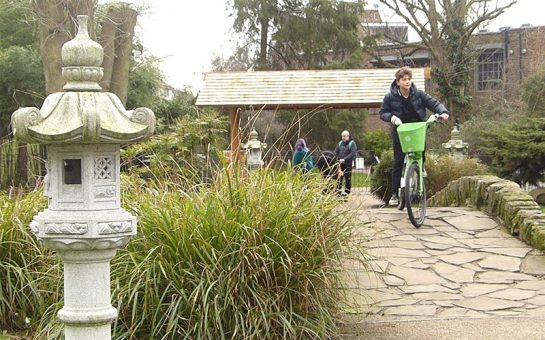Queens Park Rangers are drumming up support from Hammersmith prospective parliamentary candidates for their proposed stadium move to Old Oak Common.
The Premier League club are keen to move from their iconic but cramped home at Loftus Road soon and have considered a number of options.
Andy Slaughter, Labour’s candidate for Hammersmith, is one of the active political supporters for the campaign which has pleased Jeremy Gardner, of supporter’s trust QPR1st.
“Andy Slaughter is extremely supportive of QPR staying in the borough. He thinks apart from anything else that football teams remain a part of the community,” he said.
“The move will be very important for the club. We have got a very small stadium it only holds 18,000 which doesn’t really make sense in the modern Premier League.
“A stadium in Old Oak Common would give us an identity and also there is a knock-on affect in terms of the local economy.
“A number of politicians we’ve spoken to are supportive of QPR staying in the borough but where they have concerns is if there will be affordable housing around the stadium.”
Support for the prospective move has been shown across the political divide in Hammersmith, but UKIP candidate Richard Wood has raised reservations about the project.
He said: “Sport is very, very important to the residents in Hammersmith but having a huge professional club like that in a tiny congested area like this is not that important.
“I am behind the project because it gives them [QPR] better facilities and it also cuts down on congestion in this area as what we have here is resident bays and the residents just cannot park.
“What happens here is when we have a huge match and you have two local teams – everything gets congested. The tubes are congested, the buses are congested, the roads are congested and it is like walking through porridge.”
Mr Wood added that UKIP believe sport is of paramount importance especially for children and must remain an integral part of the curriculum.
“It’s very important that we actually try to guide them on the right path. Not only changing their attitude to the way they eat but by changing their attitude to the way they are educated and bringing more movement into the curriculum,” he said.




